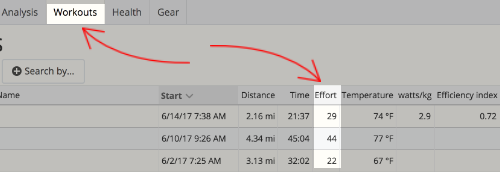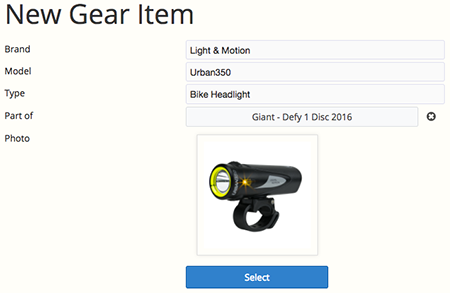

There is a way around this however – you can use Google’s Gmail as your SMTP server – that way you will be free of your ISP’s grip over outgoing mail. Changing your ISPs regularly (in our example, to Vodafone 3G) might mean that you cannot use the SMTP server you have set in your favourite mail program. If you are anything like us, you will often find yourself on the go, but needing to send and recieve emails. You can find a whole load more information about 301 redirects here. This will ensure that if the site is browsed to from a different location, your browser (and Google) will be redirected to the correct location. htaccess file)Īdd the following lines (don’t add the Options… and RewriteEngine… lines if they already exist): You’ll need FTP access (or another way to access your websites files) to do this.Ĭreate a file called. Configure to have a home directory of /http_docs/ (or similar)ġ&1 have information on how to do this here.Configure abc.com to have a home directory of /http_docs/abc.com (or similar).Set the home directory of the primary website to a subdirectory There are two methods to resolve this issue:

The best situation is to have the content isolated properly, so that the new site we have created cannot be browsed in this fashion. It’s uncertain whether sites like google treat multiple domains pointing to content as a bad thing – there is some information out there, like here, but the situation isn’t 100% clear.

You can then run the task as the system administrator.


 0 kommentar(er)
0 kommentar(er)
